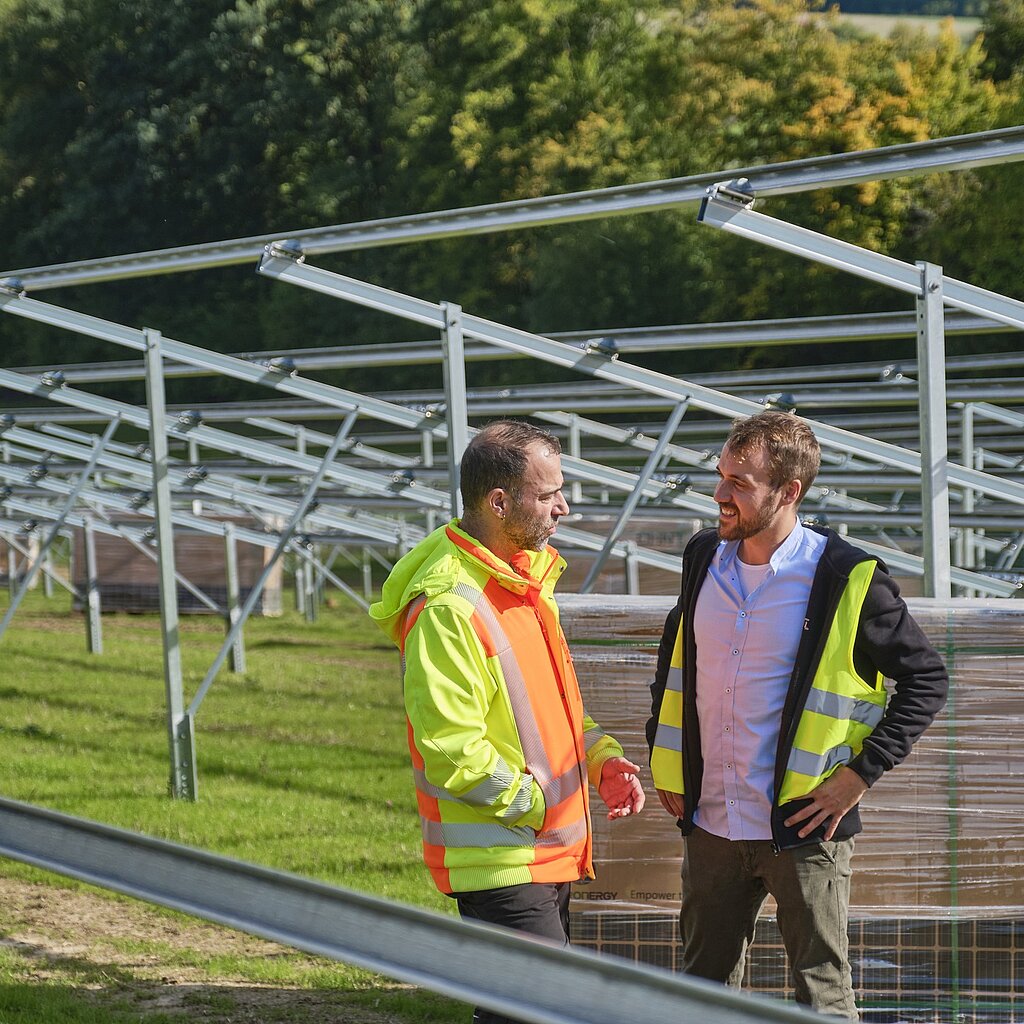
Revamping: The rejuvenation cure for solar farms
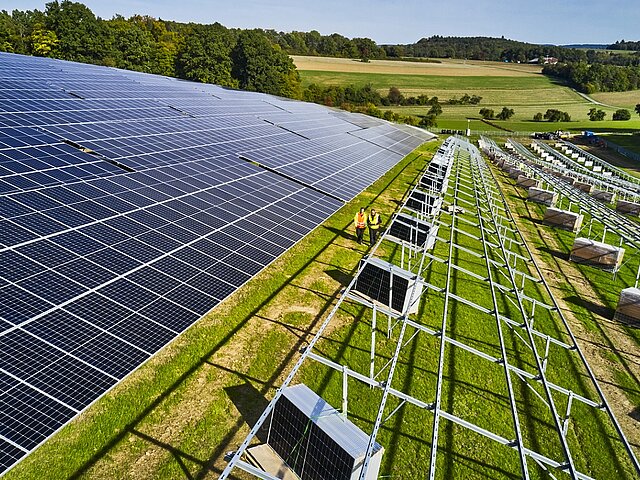
For anyone familiar with photovoltaic power plants, the gradual decline in module performance is a well-known issue. This phenomenon, known as solar module degradation, typically sees modules losing around 0.5 to over 1 percent of their efficiency each year. Consequently, after ten years, a solar park's nominal output can drop to less than 90 percent of the original value. As the solar industry matures, so does the need for ongoing maintenance and optimization of solar parks. One of the most effective strategies emerging globally is revamping — the process of replacing older, less efficient modules with newer, more powerful ones. This practice is gaining traction worldwide, driven by the need to combat module degradation and increase capacity. Let’s explore how international revamping is transforming solar parks across the globe.
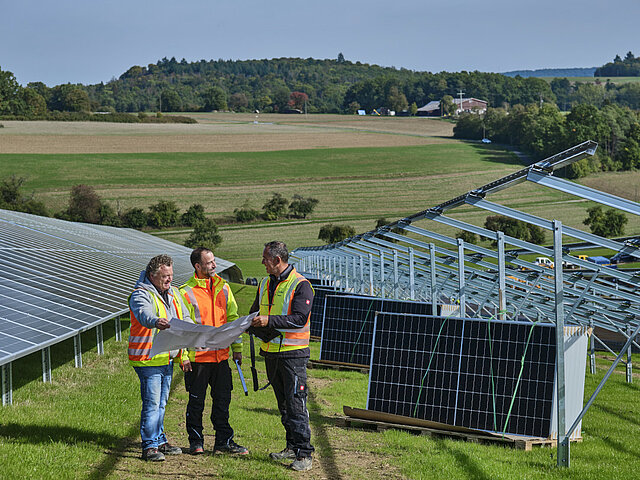
Revamping models: Adapting to local needs
Revamping offers various approaches to suit different needs, as explained by Andre Kok, Team Leader O&M Operations at JUWI South Africa: “In all cases, the old modules are replaced with new, more powerful ones. However, there are significant differences in land usage. Depending on the extent of the module replacement, we refer to it as revamping light, medium, and heavy.”
Revamping Light: In this model, all old modules are removed and replaced with new, generally more powerful ones. The number of new modules installed is sufficient to restore the original nominal capacity, ensuring compliance with the existing EEG compensation or other support schemes. This means that some of the tables will remain empty.
Revamping Medium: Here, all old modules are also removed. However, in this model, all racks are fully equipped with new solar modules. The capacity that exceeds the original nominal output by a certain factor, must then be marketed outside of the EEG framework in Germany and Greece, either through a Power Purchase Agreement or directly on the electricity exchange.
Revamping Heavy: This approach utilizes the EEG compensation in Greece and Germany for the existing nominal capacity, but beyond that, both the modules and the racks are completely replaced, maximizing the use of the park's area. Any capacity exceeding the original nominal output is also marketed outside the EEG.
By selecting the appropriate revamping model, solar park operators can effectively counteract module degradation, enhance performance, and ensure long-term sustainability. Each variant offers a strategic way to optimize existing infrastructure and adapt to changing market conditions.
Operators should also keep in mind that revamping isn’t just about modules. It also includes the replacement of defective rear foil or other components such as inverters after the warranty period, enhancing the performance.

How recent legislative changes are creating opportunities
When choosing a revamping approach, operators should stay informed about the legislative regulations around the revamping of their solar park. Each country has its specific legislative framework for revamping.
Germany:
Until the end of 2022, replacing modules in EEG-supported PV plants in Germany was only allowed if the modules were defective or had been stolen. However, legislative changes have addressed this issue of gradual performance decline. Now, the process of revamping — replacing older modules to restore and enhance performance is permitted for modules as well as inverters, which have long had this option. This legislative update unlocks new opportunities for solar park operators.
Italy:
Operators can take advantage of the opportunity to upgrade solar parks through revamping, provided they adhere to existing support schemes. Solar parks under the Conto Energia feed-in tariff system or other support schemes may need to comply with specific regulations when undergoing revamping. Any increase in capacity or performance could affect the terms of these schemes. Significant upgrades or changes might require new permits or modifications to existing ones. Ensuring compliance with local permitting and grid access regulations is crucial.
Greece:
Recent legislative updates of the Renewable Energy Sources Act (EEG) in Greece open new doors for revamping solar parks. The new legislation allows for the replacement of outdated modules and inverters, including those not defective. However, performance improvements beyond the original nominal output must be marketed outside the EEG framework, either through Power Purchase Agreements (PPAs) or on the electricity exchange. Operators should adhere to specific regulations for revamping and ensure compliance with performance monitoring and reporting requirements.
South Africa:
South Africa’s Integrated Resource Plan (IRP) provides an opportunity for solar park operators to revamp and align with national renewable energy goals. Revamping projects must comply with local regulations governing renewable energy. Changes in capacity or performance due to revamping may require new grid access approvals and licensing. Operators should follow regulations set by the National Energy Regulator of South Africa (NERSA).
Global success stories in solar park revamping
From a technical standpoint, revamping projects are not new to experienced O&M service providers like JUWI. Historically, these projects primarily involved warranty cases where defective or underperforming modules were replaced, and in some instances, stolen modules were replaced as well. In the past seven years, we have replaced about 720,000 modules in 18 solar parks. This corresponds to a capacity of around 119 megawatts. Here´s a glimpse of our recent projects:

Central Greece was hit by extensive flooding in autumn 2023 due to extreme weather phenomena. As a result, a 500 kWp PV plant in the Larissa region was almost completely submerged in water, causing severe damage.
After the water drained, the Greek O&M team stepped in, designed, planned and carried out a complete reconstruction of the "Golden Solar" PV plant, replacing old modules with new bifacial modules. The existing assembly structures were changed accordingly. The team also replaced old string inverters with new, more efficient devices and also replaced other components, including the fence. "The entire work had to be completed within a very short time in order to restore production as quickly as possible. Now the plant owner benefits from higher yields as well as almost completely new equipment with many new components," emphasizes Christos Charalampidis, Head of Operations & Maintenance EMEA. Although the nominal output may not be increased for legal reasons, the operator will achieve an additional yield of six to eight percent after revamping the solar power plant.
The Greek O&M team also worked to restore full productivity to another PV plant in the Karditsa region, which was also damaged during the floods. In the "Aten" PV plant with an output of nine megawatts, the team replaced significant quantities of medium-voltage devices, inverter components and power electronics components on behalf of the owner Helpe S.A. within a very short period of time.
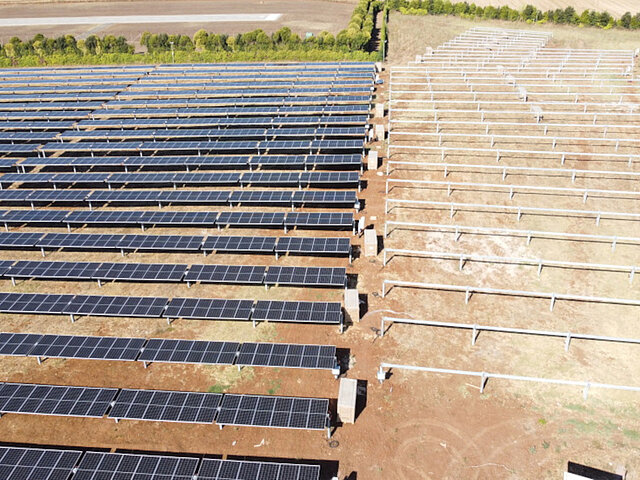
Our Italian O&M team is currently hard at work on 12 MWp revamping projects, for one of our main O&M customers. The works are extensive in this case, including not only the replacement of modules and inverters with higher efficiency ones but also the installation of trackers in the place of the previously fixed mounting structures. Furthermore, the old PV plant will be removed by the Italian O&M team.
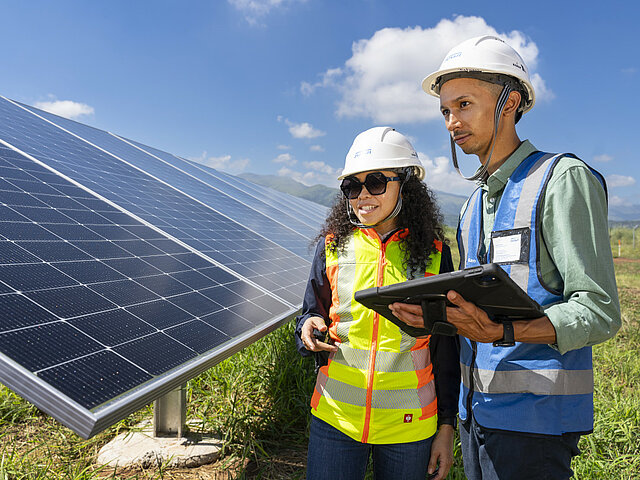
The Operations and Maintenance team in South Africa is currently working on a revamping Project at Solar Capital De Aar. The plant, which was not built by JUWI, suffered from performance, quality and safety issues. The O&M team in South Africa, designed and planned a revamping project which includes the replacement of modules, reworks on the DC-field, transformer stations, MV connections, HSE aspects as well as the installation of a brand-new SCADA system.
The project began in February 2024 and involves the replacement of approximately 6,000 solar modules. The upgrade is set to double the capacity of the plant, from four Megawatts to a robust eight Megawatts, thereby, significantly boosting its energy generation capabilities. The project is expected to be completed by December 2024. Located near De Aar in the Northern Cape Province of South Africa, the revamping initiative faces several challenges in the logistics. Shipping delays, transport issues, and associated costs are critical factors that need to be managed carefully. Despite these challenges, our team is committed to ensuring a smooth and successful upgrade that will greatly benefit the local community and enhance the plant’s contribution to renewable energy. Further revamping projects will soon follow in South Africa.
Conclusion
Revamping is proving to be a game-changer for the international solar industry, offering a strategic way to enhance the performance and lifespan of solar parks. By embracing this approach, solar operators can effectively tackle module degradation, optimize capacity, and ensure that their investments continue to deliver robust returns. As the global solar market grows, revamping will play an increasingly important role in maintaining the vitality and efficiency of solar infrastructure.




